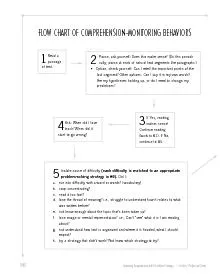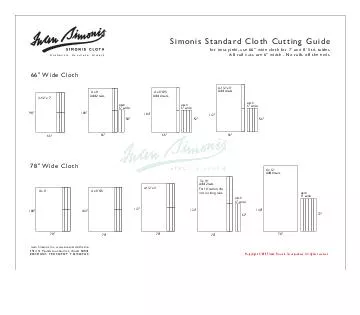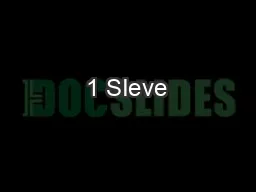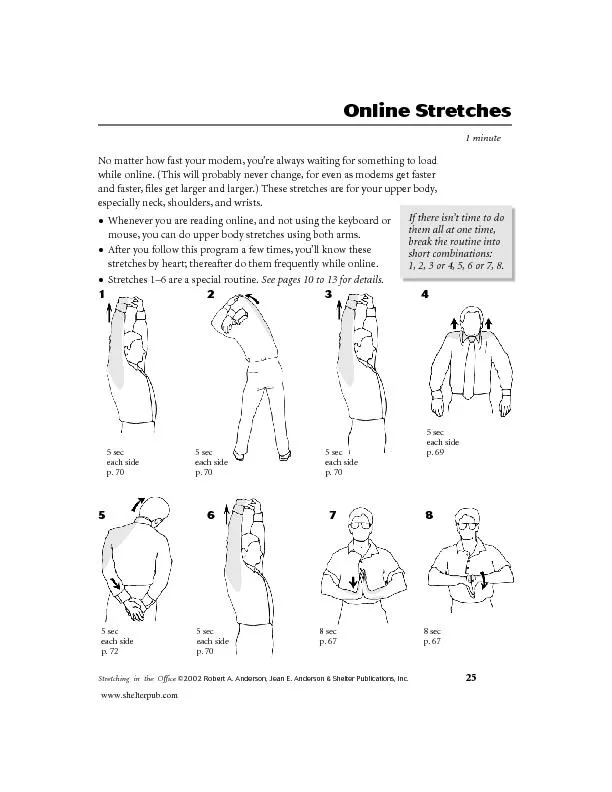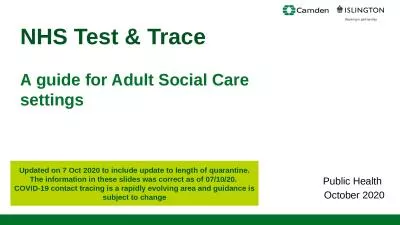PDF-Isolate cause of difficulty (each difficulty is matched to an appropri
Author : min-jolicoeur | Published Date : 2016-02-26
1113 13131341 1Read apassageof text start to go wrong If Yes readingContinue
Presentation Embed Code
Download Presentation
Download Presentation The PPT/PDF document "Isolate cause of difficulty (each diffic..." is the property of its rightful owner. Permission is granted to download and print the materials on this website for personal, non-commercial use only, and to display it on your personal computer provided you do not modify the materials and that you retain all copyright notices contained in the materials. By downloading content from our website, you accept the terms of this agreement.
Isolate cause of difficulty (each difficulty is matched to an appropri: Transcript
Download Rules Of Document
"Isolate cause of difficulty (each difficulty is matched to an appropri"The content belongs to its owner. You may download and print it for personal use, without modification, and keep all copyright notices. By downloading, you agree to these terms.
Related Documents

